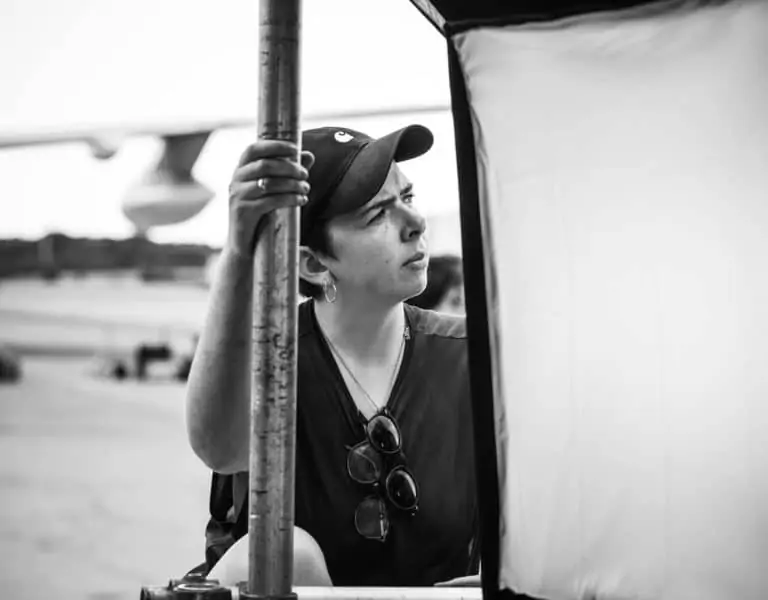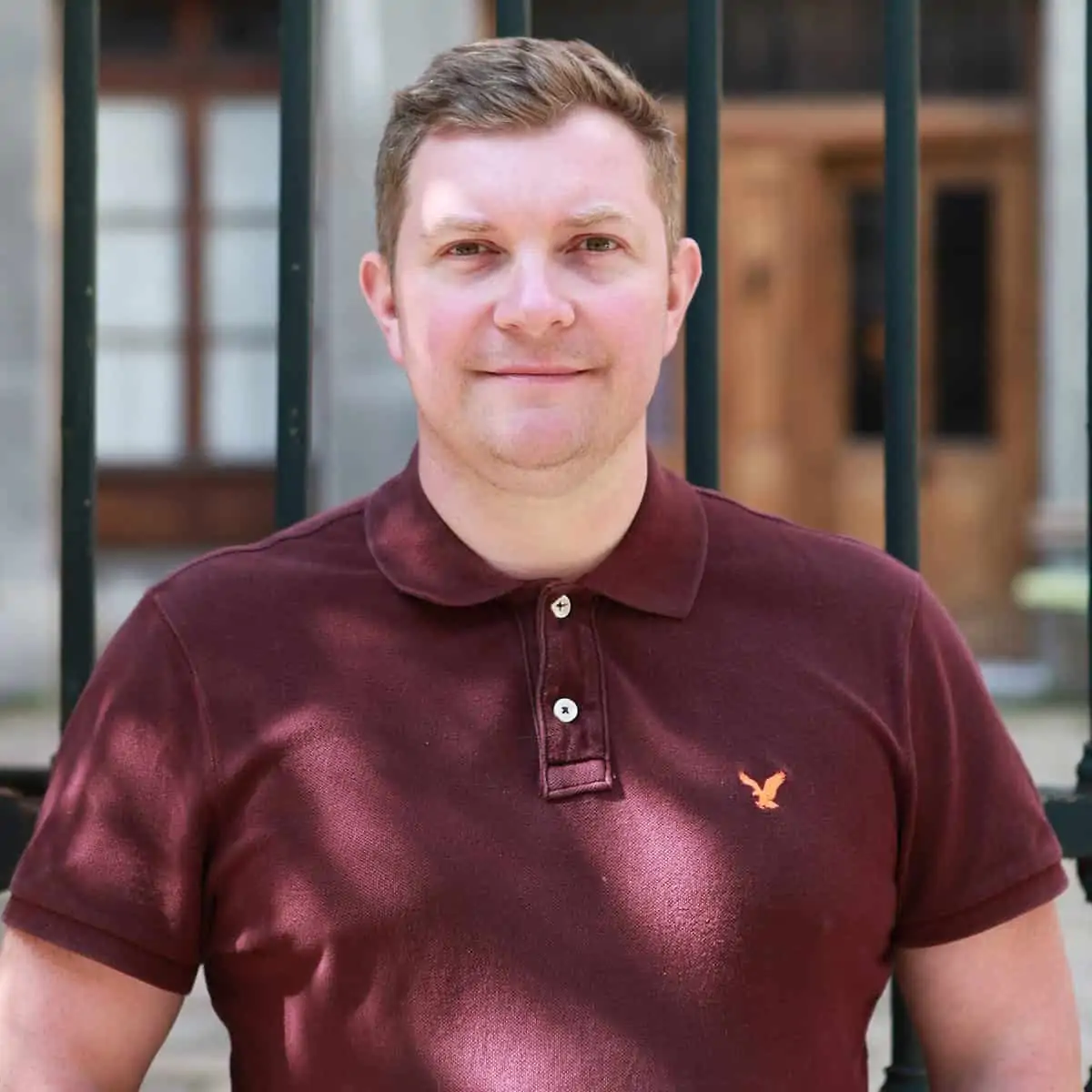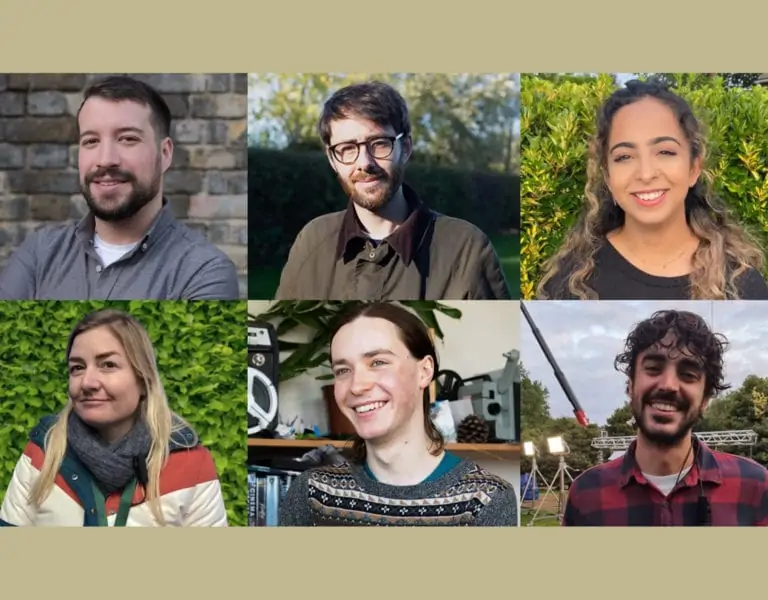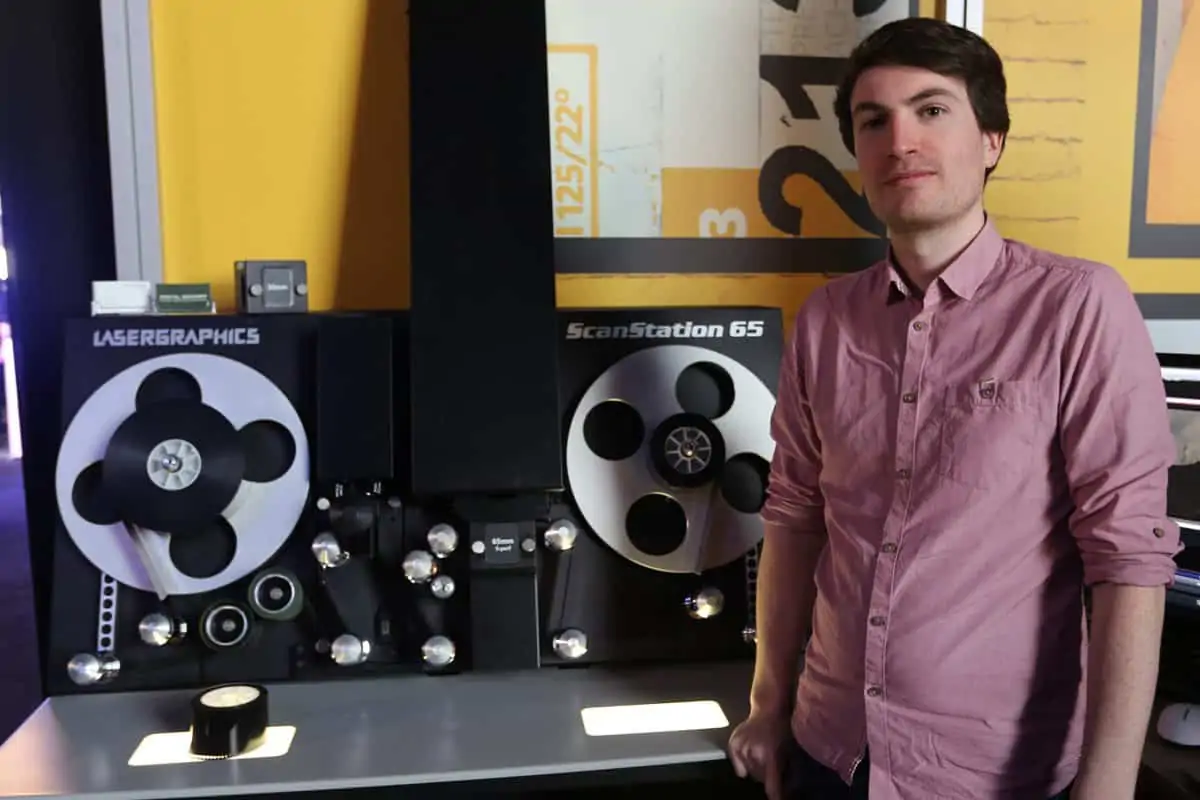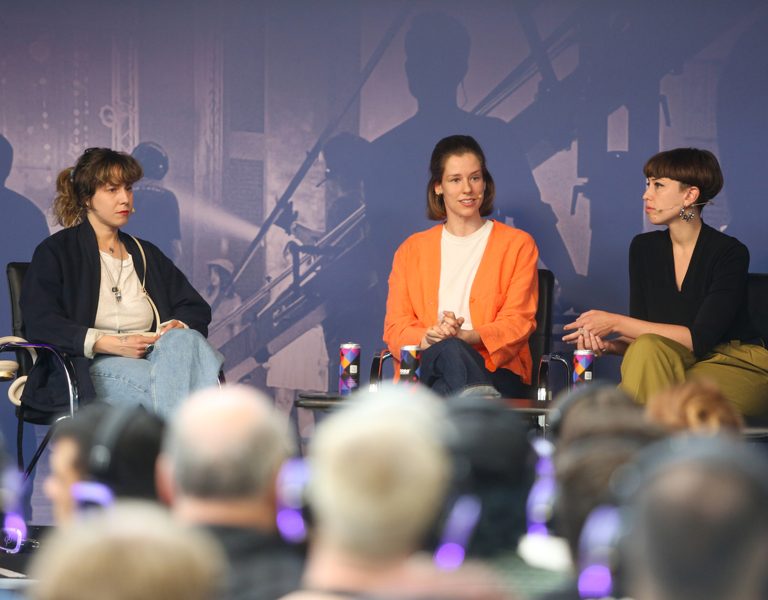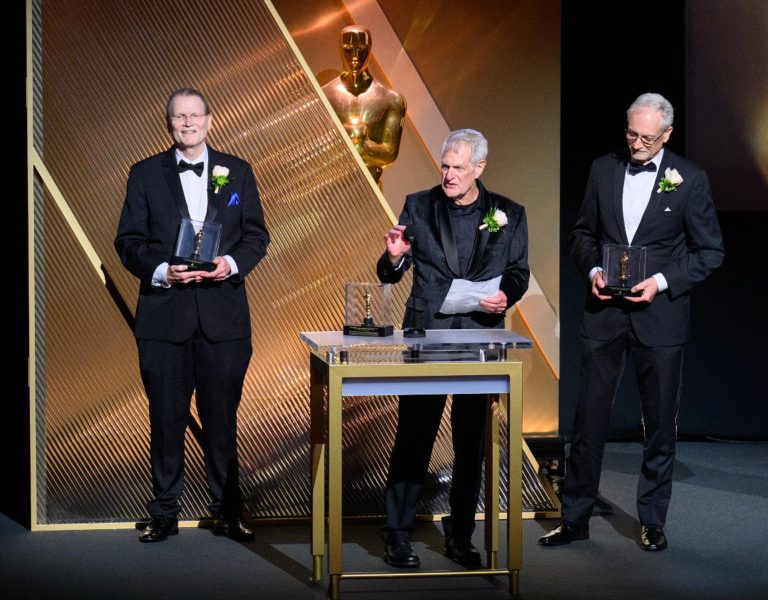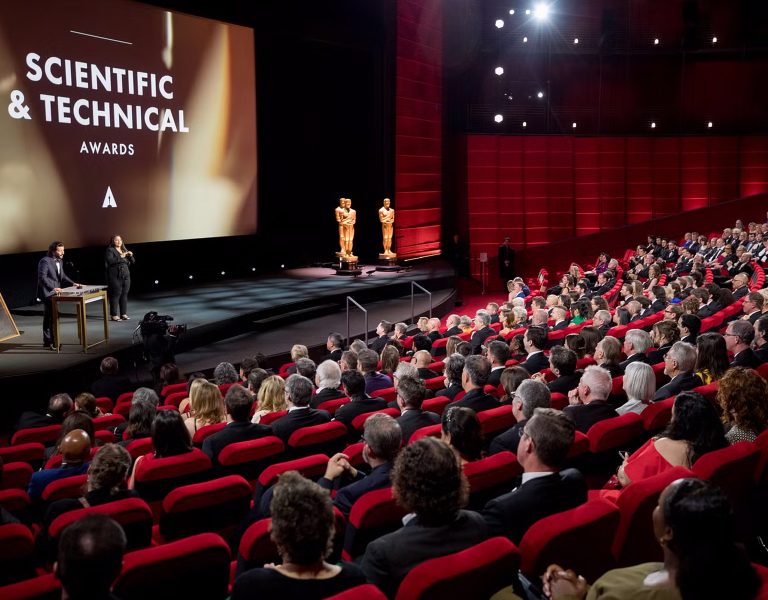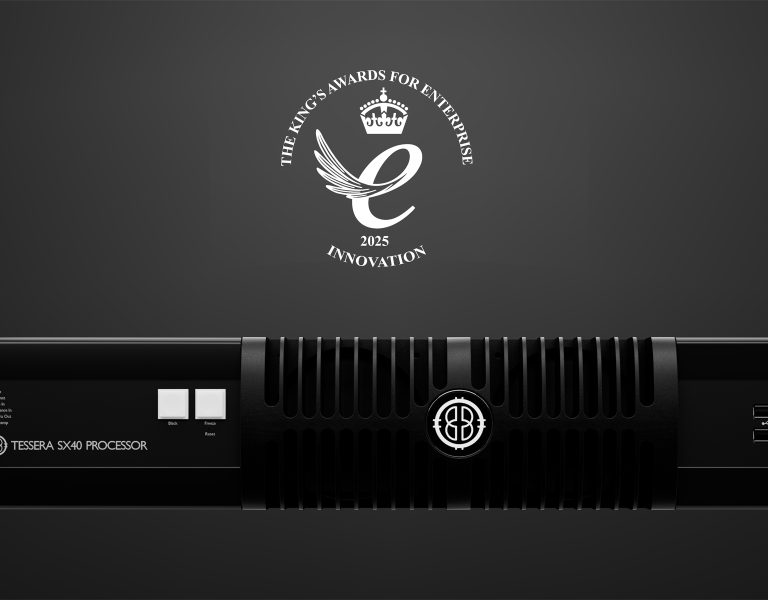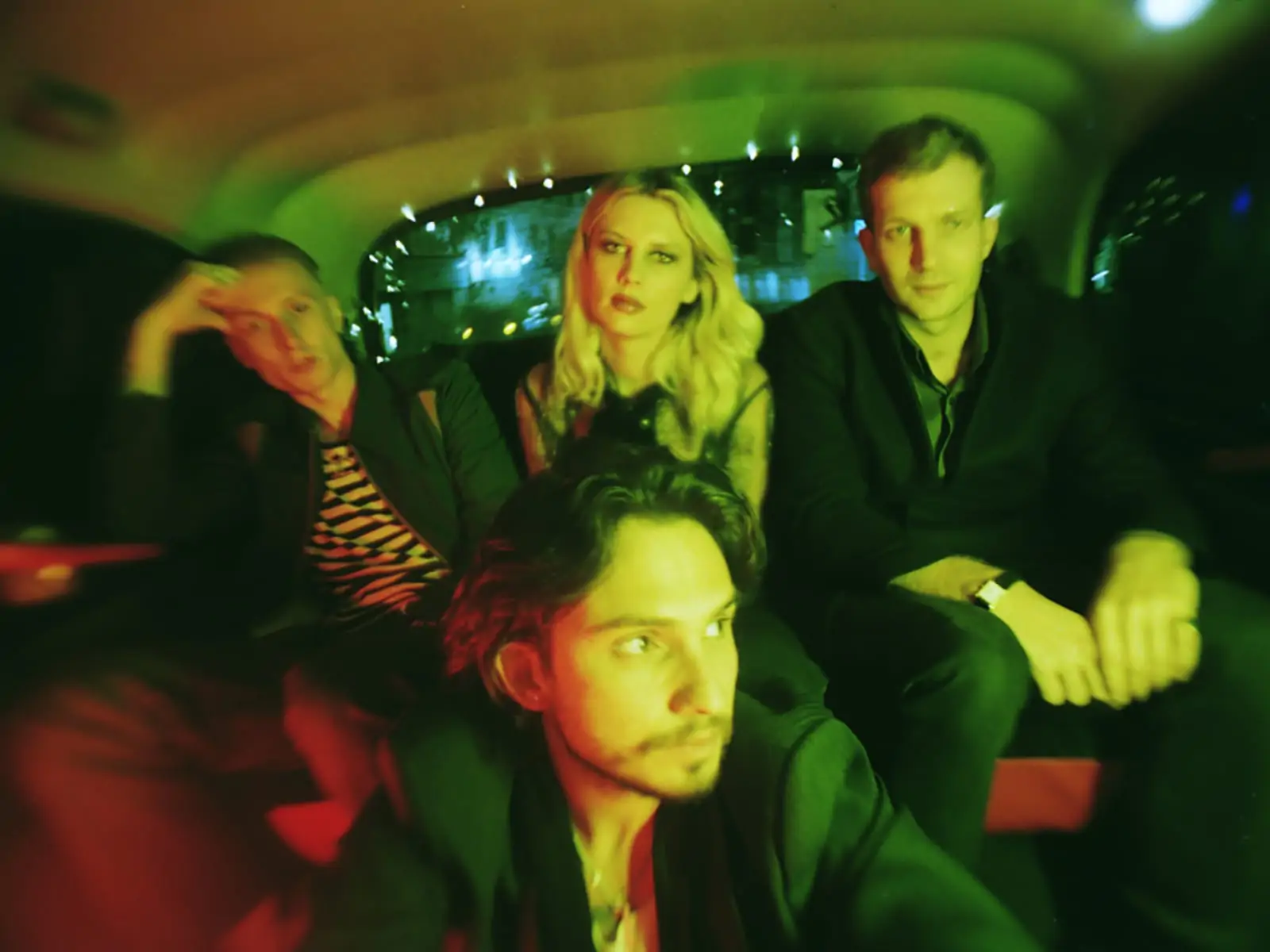
Mercury Prize-winning Wolf Alice formed in London in 2010 and recently topped the Official Charts with their 3rd album Blue Weekend, described as a “stone-cold masterpiece” by NME. But what many fans might not know is that the 11 videos to accompany the Blue Weekend singles were all shot in one go over an intensive 6-day period during lockdown last November.
With the ongoing pandemic preventing the band touring Blue Weekend, Wolf Alice realised that they needed another way to bring the music alive for their fans. Teaming up with producer Ella Girardot, director Jordan Hemingway and DOP Molly Manning-Walker, they created a series of music and live performance videos resulting in the 11 beautiful films. Ed Blow, General Manager of Dirty Hit Records is extremely proud of the finished product: “The video and audio albums feel so intrinsically linked that I can’t imagine separating them now. We created the whole visual world for the album on the shoot; so all the creative, including the film, 11 music videos, album artwork, etc. was shot in that crazy week-long night out in London!”
The process made for an amazing experience for the team, Jordan explains: “Beyond what was happening on screen, it was the camaraderie off screen that made the experience so special. The intensity of the job, the small crew and long hours lead to really tight relationships and a supportive working environment. For that whole week it felt like we were living the film, a never-ending night out – I’ve never been more exhausted, but I’ve also never been happier. Love everyone who made this with me!”
As the shoot was so rapid, there were many technical challenges which needed to be overcome in order to keep things moving. Jordan was blown away by the efforts of the team: “We had limited resources to work with so Molly, Bill Rae Smith (Gaffer) and Luke Moran-Morris (Production Designer) had to be very clever with how to light each set up. We also had to shoot for 3 days in one pub and moved rooms every day so Luke and his wonder team could dress the next room as though it was elsewhere. It was a bit of a number. Other than that I think it went pretty smoothly, considering!”
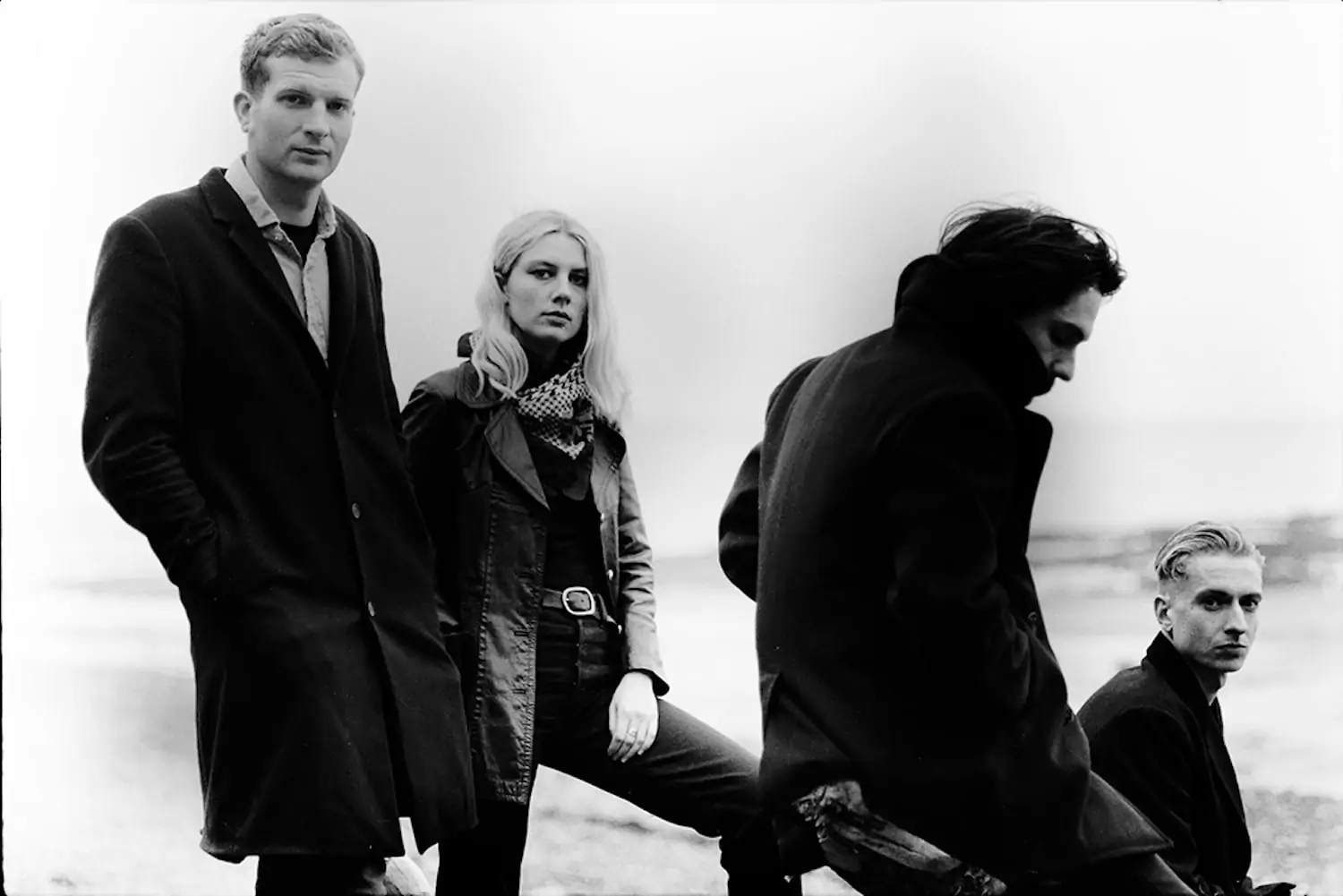
The team worked closely with the scan department at Digital Orchard, with Matt Waghorne and Dan Redrup creating a workflow that allowed for a quick 12-18 hour turnaround time on the dailies.
Jordan explained, “It made all the difference. When the first batch came in we were able to see that we were on track and it breathed new life into Molly and I. When you are on a shoot like that you can sometimes lose perspective on the overall project as you’re focusing on fighting through what’s immediately in front of you on the day. I don’t like recording playback as I feel it gets in the way of the process but this allowed us to have a quick check in and enthusiasm boost which is ever important.”
Increasingly celluloid is becoming the preferred choice for music promos, from 8mm to 35mm. For this production, Jordan explains the decision to shoot on 16mm film was influenced by the aesthetic it offered, “Using 16mm over 35mm here gave us more forgiveness in the image and brought more magic into what was unfolding in front of the lens. It felt raw and gritty in all the right ways – just what you want for a big night out.”
Molly continues, “Shooting 16mm was always the plan. I often think when you are faced with a challenge like this 16mm is the perfect tool. For many reasons; the kit is a lot smaller which frees up operating – as you can see in the videos a lot of it is handheld and very wild, so I could move more freely with a 16mm build.
“We shot mostly on a 3.5mm which meant that there wasn’t anywhere to hide; you see everything and everything is in focus. I’m not sure this lens would be so beautiful without the grain of 16mm. We wanted a messy dark rough feeling and there is nothing quite like 16mm that does that. I can’t really imagine what would of happened if this was shot digitally – I think it would be a disaster: the colours and the texture, the feeling of memory rather than reality. There are so many happy accidents in the film that I love so much – you can’t intentionally create those things.”
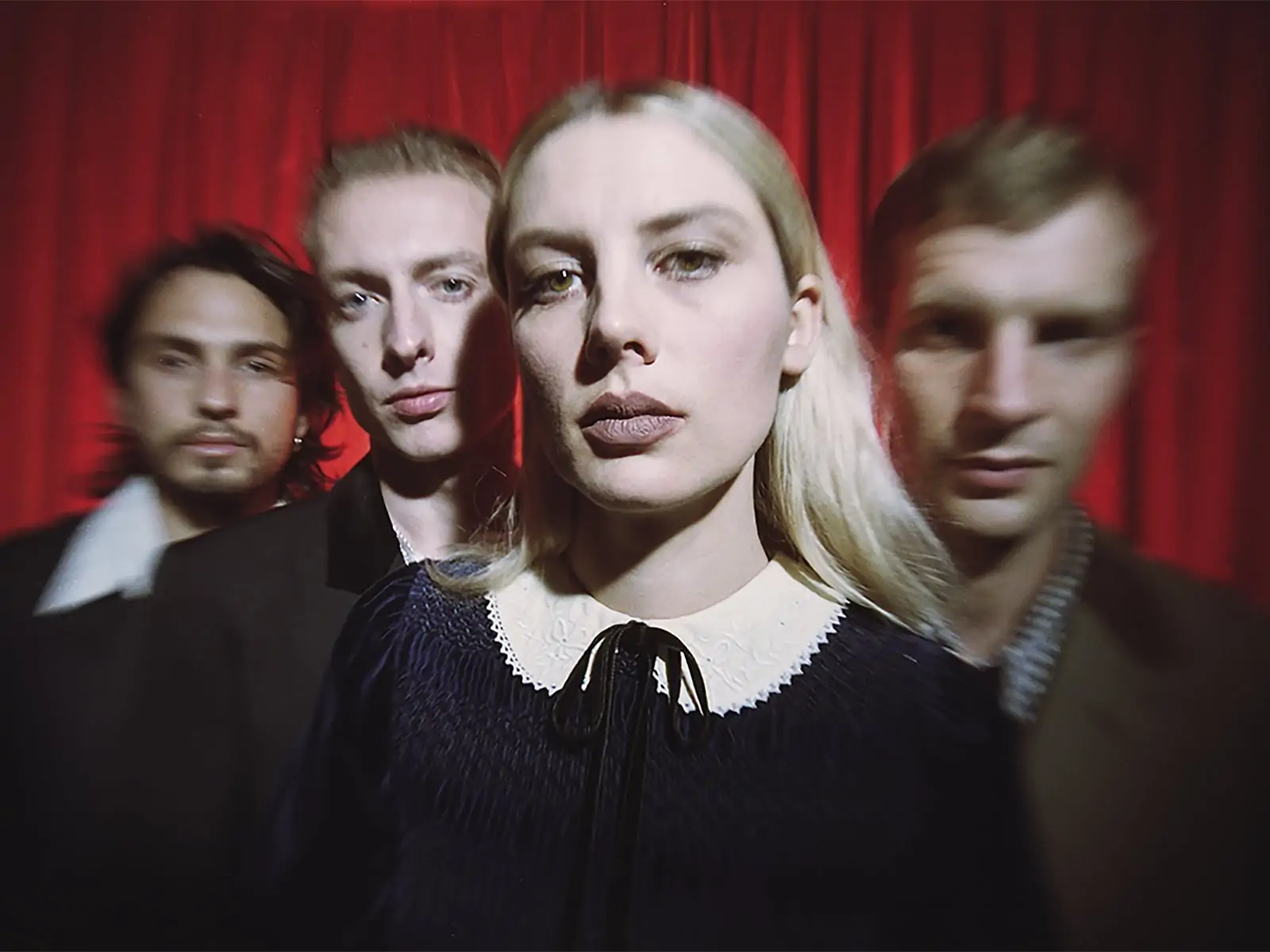
Speaking of film, as a lovely touch, the band decided to send clips of the original celluloid to fans who had bought the album. Ed explained, “We all loved the idea of sharing snippets of the negatives. It felt like a really nice way to give a physical part of the album visuals to fans, and it’s been great fun seeing people scanning and sharing their frames online.”
We asked Molly what her favourite part of the shoot was, “There was an incredible energy on the set – Wolf Alice really trusted us and that’s so rare. I spent most of the time standing 1cm away from Ellie’s face with the 3.5mm lens whilst still seeing the whole band in the background. Everyone really cared about the project and I think you can feel that in the films. The sparks were riding the dimmers on the source 4s to the beat with such joy – it’s a rare and beautiful sight. I think the bus stop was my favourite set up. It was lit with mostly Asteras and a couple of tungsten lamps. I think we ran a 5k generator and that was mostly powering the smoke machine; it’s so crazy how you can have a night time exterior now running with such little energy. But my favourite part of the shoot was everyone working together, a real collaboration so thanks to everyone involved for making it.”
And what was one of Jordan’s favourite aspects of the whole collection? Molly! “If you look carefully at the eye in the closing frames (at the end of Beach 2), you might be able to spot DP Molly Manning Walker inside…!”
